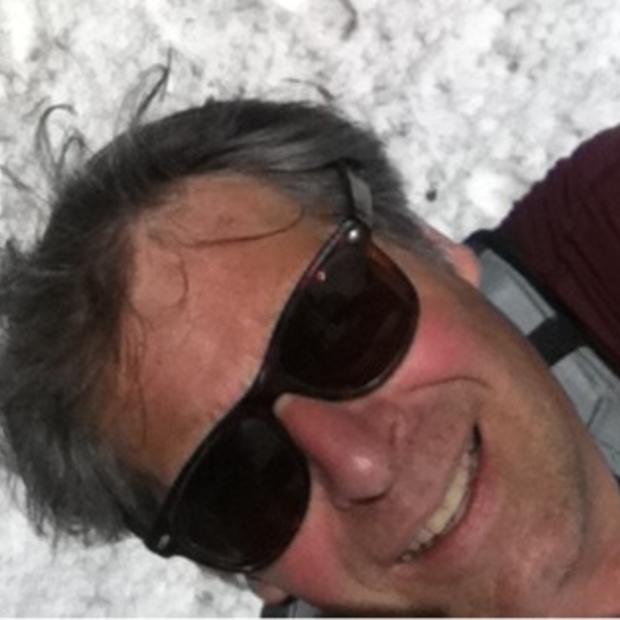Last year's Count Us In survey, a daylong census of homeless and unstably housed youth and young adults in King County, found that 32 percent were African-American and 22 percent identified as LGBTQ. Consider now that African-Americans make up only six percent of King County's general population and that nationwide estimates for the LGBTQ population range between four and 10 percent. This disproportionality (or "dispro," as it's known among advocates and service providers) was the topic of a recent Crosscut panel discussion.
So why are black, queer and transgender youth so prone to end up on the streets? That's the question we put to a panel of six experts:
 Shannon Perez-Darby, Youth Services Program Director at the Northwest Network
Shannon Perez-Darby, Youth Services Program Director at the Northwest Network
 Eleta Wright, PRO Youth Case Manager at Auburn Youth Resources
Eleta Wright, PRO Youth Case Manager at Auburn Youth Resources
Sara Rankin, Asso ciate Professor of Lawyering Skills at Seattle University Law School
ciate Professor of Lawyering Skills at Seattle University Law School
 Megan Gibbard, Homeless Youth and Young Adult Project Manager on the Committee to End Homelessness in King County
Megan Gibbard, Homeless Youth and Young Adult Project Manager on the Committee to End Homelessness in King County
 Trai Williams, Youth Network Senior Representative at The Mockingbird Society
Trai Williams, Youth Network Senior Representative at The Mockingbird Society
The conversation was moderated by Crosscut Editor-in-chief Mary Bruno and produced by Steve Scher.

